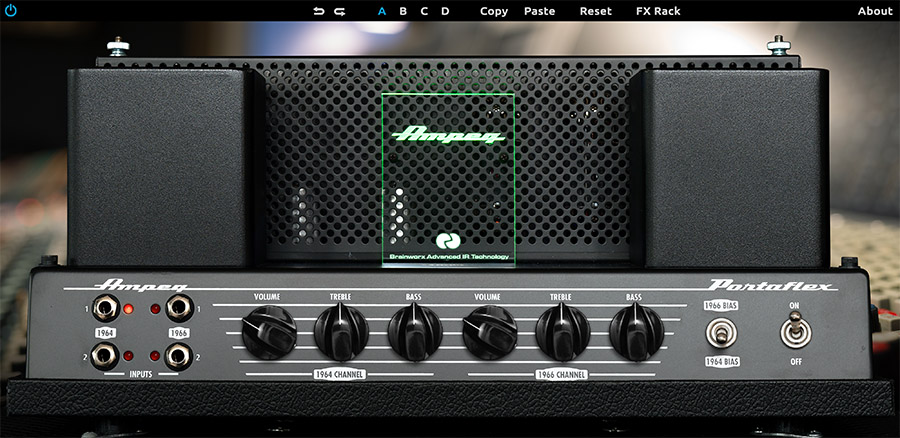Maybe you’re tracking in a studio full of everything you want. But otherwise, it’s tough to argue with the appeal of being able to add tools freely, connecting just the cable from your mic to your computer.
And so, for anyone recording vocals, this week’s news from Universal Audio is welcome indeed. It means that you can use a simulation of a powerful channel strip full of gear in software form – but track in real-time, as if you owned the actual hardware. And you can do it for a price that’s pretty humane.
UA offered up what they called “Unison” technology on their Apollo line of audio interfaces. That includes the Apollo Twin, which is compact enough to carry with you and within the reach of at least some home producers, not just studios.
The idea is two-fold. One, impedance matching simulates the gain structure you’d have if you were using a particular preamp (keeping in mind that you’re now modeling that pre in DSP software). Two, you get performance that’s low-latency enough to track in real-time, even as you build more complex signal processing chains. That’s a big deal – plenty of audio interfaces let you monitor in real-time, or add maybe one or two signal processors, but not go beyond that – not reliably, anyway.
The first time I heard about this, my reaction was – wow, singers would love to be able to do that while they record or when they play live. The live situation is particularly special: you might get into a studio with a nice channel strip for a single recording session, but you can’t then drag that studio with you onstage.

Well, now you have the software model a vocalist might really want for those situations, in the form of the Manley VOXBOX UA just added to their 8.7 software suite.
There’s a lot in there:
high-fidelity tube mic preamp
vactrol optical compressor
Pultec-style passive EQ
de-esser/limiter
Naturally, you can use that on a lot of other stuff, too, not just vocals (though I think the vocalists are well worth mentioning). Listen to UA’s examples:
I’m already addicted to the Pultec, which lets you dial in frequencies in a more intuitive way than a traditional EQ. And the other components here are essential to making your voice sound the way you want, as well.
In fact, we’re now all so used to these kinds of signal chains from recordings that frankly it’s a little disheartening when we hear our own voices without them.
I also admire the Manley front panel design in general. It’s easy to come up with controls for everything – easier still in software displays, where adding an additional parameter costs nothing. But the Manley is an exercise in minimalism and restraint. There are plenty of variations – 25 attack / release combinations on the compressor and 33 selectable frequencies on the EQ. But they’re encapsulated into an accessible, clean interface.
There’s also a model of the mic pre itself, which combined with Unison should give you similar feelings of tone and headroom.
So suffice to say I am very keen to play with this. It’s something I’ve been waiting for since the first time I tried the UAD. While I’m sort of a singer, I’ll also try to wrangle some other vocalists.
The pricing isn’t astronomical for plug-ins of this quality, either – provided you’ve got the requisite UA hardware, of course. So the Voxbox channel strip, which is really a suite of effects in one, is US$299. Or you can get the full Manley bundle for US$699 (though I expect for a singer-songwriter, for instance, the single strip may be enough).
More:
http://www.uaudio.com/store/unison/manley-voxbox.html
http://www.uaudio.com/store/plug-in-bundles/manley-complete-plug-in-bundle.html
Mmmmm…. marketing video….

And there’s a new Ampeg, too
One more thing: also this week, UA have a model of the Ampeg B-15 bass amp for a very reasonable US$149. That’s the amp used on Stax and Motown records and another all-time legend. It also works with Unison tech so you can track live (bassists).
It’s available on its own, or in the Ampeg Heritage Bass Amp Bundle (three Ampeg bass amps and the Brainworx bx_tuner).
More:
http://www.uaudio.com/store/guitar-bass/ampeg-b15n.html
http://www.uaudio.com/store/guitar-bass/ampeg-heritage-bass-amp-bundle.html
And on top of that, you get a classic FX bundle, too – hello, Space Echo:
http://www.uaudio.com/store/delay-modulation/classic-fx-bundle.html